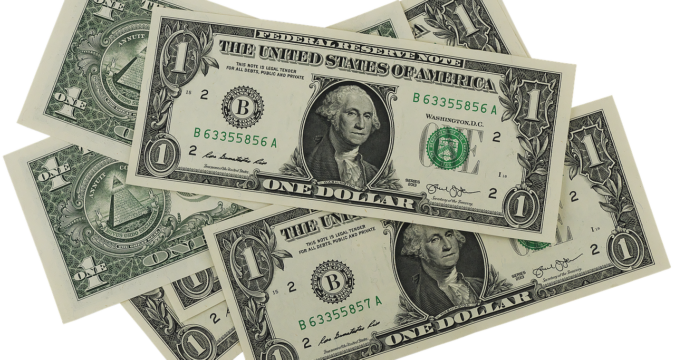
On Thursday, the dollar index reached its lowest in two years, while there was an increase in the euro above $1.21, as investors appeared to be more ready to move towards riskier assets because of optimism about vaccines and signs of progress over fiscal stimulus in the US. While the policymakers in Washington have failed to agree on an economic stimulus package for relieving the impact of COVID-19 on the world’s largest economy, but there were signs that a bipartisan proposal worth $908 billion could be in the works. Optimism about the latest developments in the rollout of the coronavirus vaccines also gave risk appetite a boost.
The United Kingdom announced on Wednesday that they had given approval to Pfizer Inc.’s vaccine. The dollar fell against a basket of other currencies to as low as 90.834, which is the lowest it has been since April 2018. The dollar was down by 0.1% by 0820 GMT at 90.890. Market analysts said that additional fiscal stimulus before Joe Biden takes over the White House would reduce the risks for the economy and fuel inflation expectations. This would weaken the greenback even further, considering the long-term targets of the Fed in regard to expansionary monetary policies.
This subject is expected to remain important in the forex market for now. The euro also reached its highest level in more than 2 years, as it had already crossed the $1.21 mark on Wednesday. On Thursday, it rose as high as $1.21390. It was trading at $1.2129 at 0826 GMT. The movements in the euro are mostly because of a broad dollar weakness, instead of any other major drivers. The European Union is currently involved in a dispute with members of Poland and Hungary over its COVID-19 recovery fund and budget. Earlier this year, the euro had surged when the recovery fun plan was announced.
Analysts said that if the euro had benefitted from the announcement of the recovery fund in July, it is certainly surprising that the currency is not suffering now when the project is on hold. There was also a 0.2% jump in the Australian dollar, which is considered a liquid proxy for risk. It was trading at 0.74275, which is the strongest since 2018. The New Zealand dollar was also up by 0.1% and near two-and-a-half-year highs. At 0837 GMT, the Japanese yen had remained steady at 104.350, while there was a 0.1% increase in the safe-haven Swiss franc against the euro.
The PMI services data for November showed that the economy had suffered from a great deal of damage due to the COVID-19 pandemic in Europe. The dollar weakness also worked in favor of the pound, as it reached $1.3396 with Brexit negotiations ongoing. Britain’s education minister stated that they were making good progress on a Brexit trade deal and the Irish foreign minister said that there was a possibility of reaching a deal in the next couple of days. However, the options market was not as positive about reaching a deal before the transition period comes to an end.


